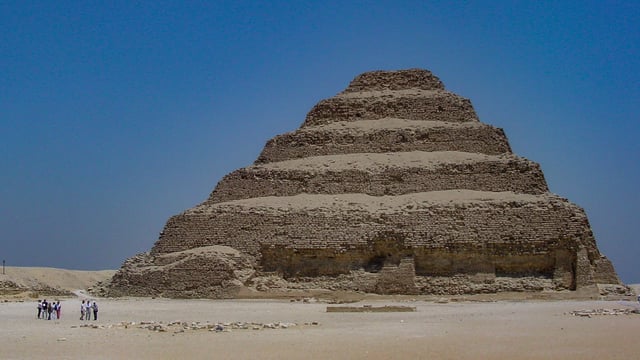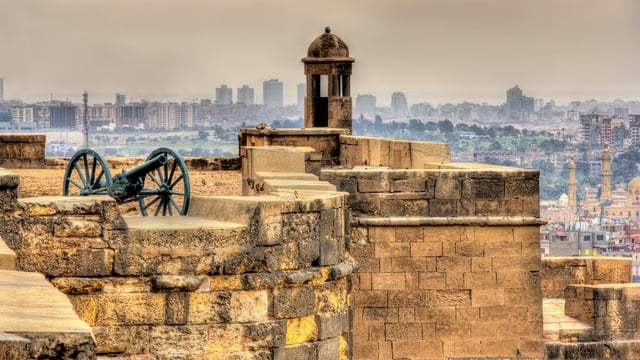After several years of restoration on the Step Pyramid in Saqqara, the Ministry of Antiquities announced in November 2019 that work was complete. The following January it was announced that the pyramid, the final resting place for the 3rd Dynasty Pharaoh Djoser, would open in the first quarter of 2020. Djoser’s step pyramid is bound to be a popular attraction as this is not only the oldest pyramid in the world, it is also the oldest monumental stone structure.
- Thomas Dowson
- Last Checked and/or Updated 15 December 2021
- No Comments
- Egypt
Restoration of the pyramid began in 2006 but was halted in 2011 following the Egyptian revolution. Work recommenced in 2013 after when the Egyptian government allocated a reported 15.4 million Egyptian pounds.
Work included restoring the pyramid’s external façade, restoring the steps at the southern and eastern entrances, as well as restoring the pyramid’s internal corners. To make the pyramid safe and secure for visitors a new lighting system has been installed. Restoration work was carried out by a Welsh company, Cintec. The company has worked on a few high profile projects, including Windsor Castle following the 1992 fire and a major bridge in Delhi.
A Brief History and Description of the Step Pyramid
Djoser was either the first or the second king of the 3rd Dynasty; the king lists of this period are not without problems. The Pharaoh is thought to have rule for 19 years – long enough for him to see the plans for his innovative funerary structure pyramid to be realised during his lifetime.
Originally the pyramid was a square mastaba, 125 metres by 109 metres. Later a further five mastabas were placed one on top of the other, each one smaller than the previous one. This then is the six-tiered, four-sided pyramid that reached a height of 62 metres. The limestone core was covered with a finely polished white limestone.
A single narrow corridor leads to a rough chamber in the middle of the monument, where there is a concealed entrance to Djoser’s tomb shaft. A 28 metre shaft leads to the burial chamber, set amongst a maze of subterranean corridors and chambers. Some of these shafts and tombs were for members of the royal family, others for the symbolic grave goods required in the afterlife.







